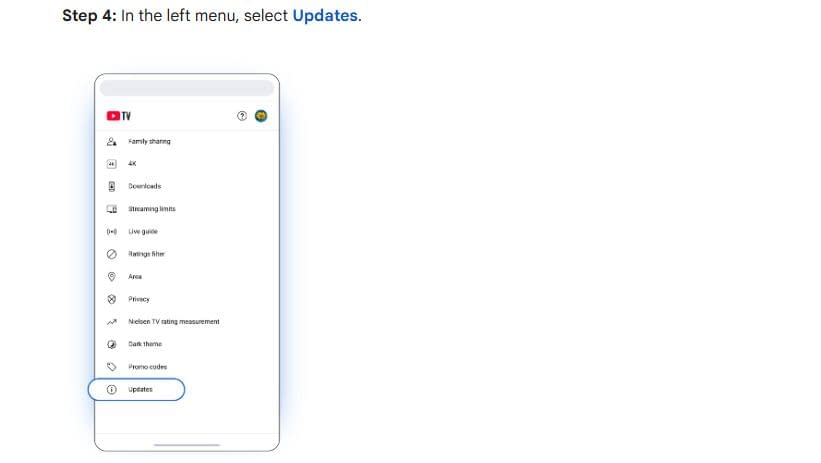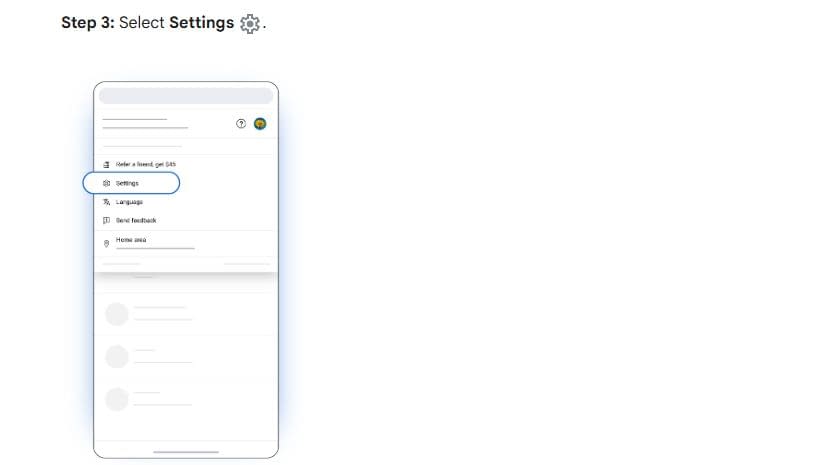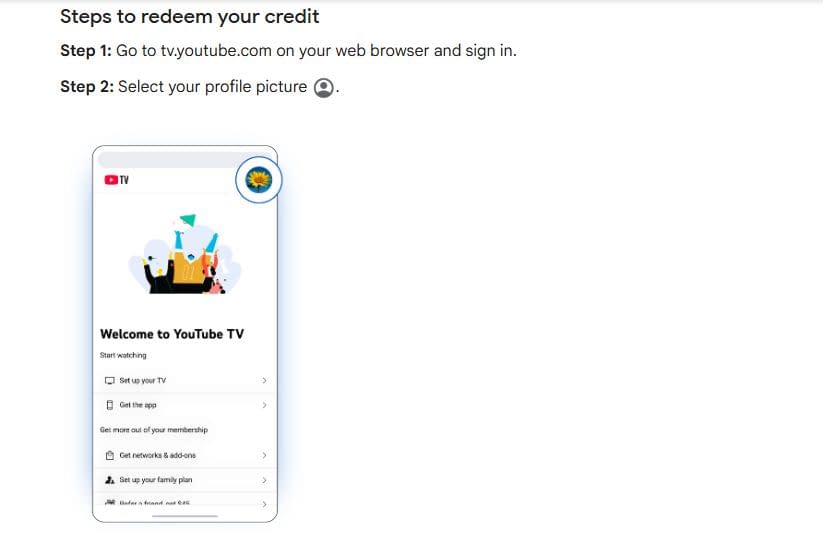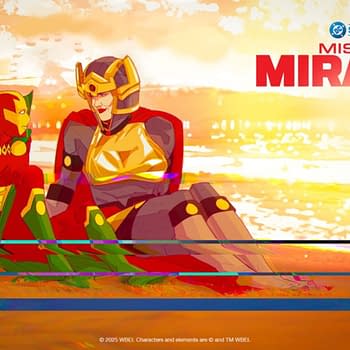Posted in: Current News, Disney+, Movies, TV, YouTube | Tagged: disney, youtube
Getting That $20 YouTube TV/Disney Credit Depends on How You Subscribe
YouTube TV is offering subscribers a $20 credit over the Disney blackout. Do you have to redeem it or will it be automatically credited?
If you're a YouTube TV subscriber, we don't need to tell you that YouTube and The Walt Disney Company haven't reached a new carriage deal, meaning ABC, ESPN, and a number of other Disney networks are still dark for approximately 10 million viewers. Previously, YouTube notified its subscribers that it would offer them a $20 credit for the inconvenience, with more information to follow. This weekend, YouTube had important follow-up information to share about the credit and how to access it, as it depends on your YouTube TV subscription method.
Do You Pay Directly to YouTube TV? There's a five-step process to claim your $20 credit, with the steps outlined below and on the help site.
Do You Pay Through Google Play or Another Provider? Your $20 credit will be applied to your account automatically (just make sure to confirm how you're billed in the Billing tab).
Additional Notes: You need to have an active YouTube TV Base subscription to be eligible for this credit. Credits can only be claimed through a web browser. This feature is not available in the app. For family accounts, only the family manager can claim the credit.
It should be noted that some subscribers on social media who pay directly through YouTube TV are wondering why they have to go through a multi-step process to claim the $20 credit instead of having it applied directly (as we're seeing with those using a third-party provider).
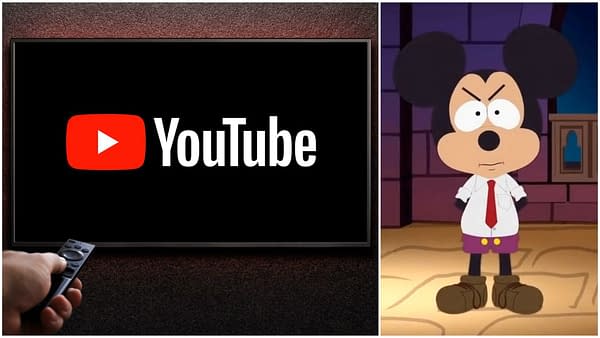
Here's a look at what you need to do to claim your $20 credit:
How to Redeem Your YouTube TV $20 Credit
- Image: YTTV Screencap
- Image: YTTV Screencap
- Image: YTTV Screencap
- Image: YTTV Screencap
Regarding the reasons behind the break, two issues are being highlighted. First, YouTube is reportedly looking to become more of a major player in the pay-TV universe through efforts to "ingest" programming from streaming services into its main upfront interface. For the studios, that's an extra step/"middle man" request that works against their desire to reach consumers directly. Of course, there's also the matter of how much YouTube TV should pay to carry the networks – a contentious issue made even more so as linear television viewing continues to deteriorate.




